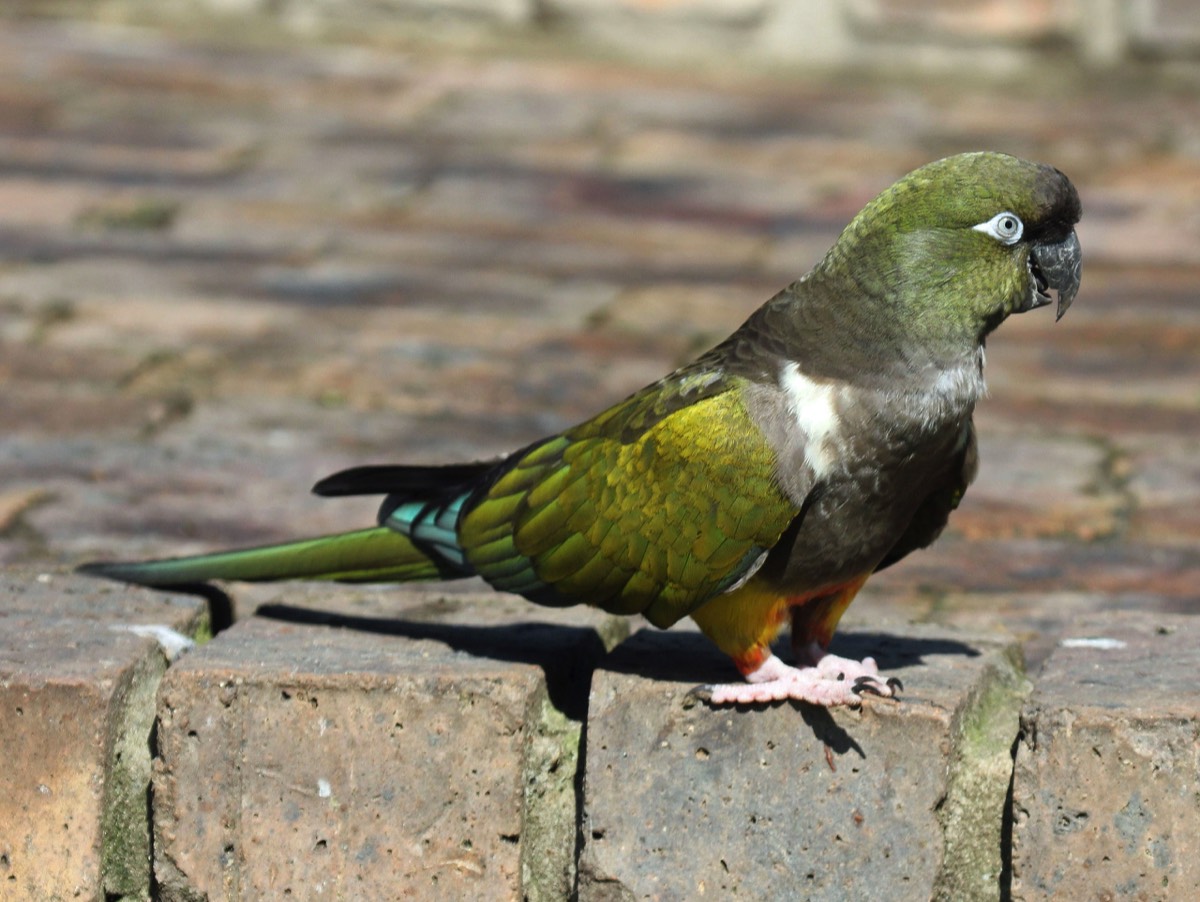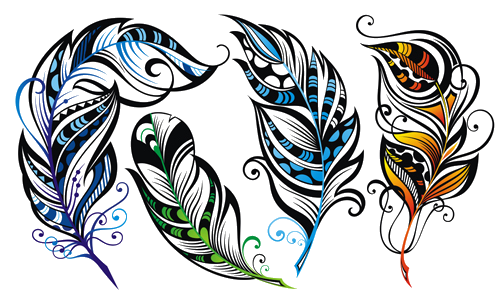Patagonian Conure - Cyanoliseus Patagonus - Least Concern
The Patagonian Conure belongs to the single species genus Cyanoliseus. It is also called the burrowing parakeet. There are several subspecies. It belongs to the smaller long-tailed Arinae subfamily of macaws and conures.
It is mainly found in Argentina. A very much reduced population still survives in Chile, and migration of some Argentine populations to Uruguay has been reported for the winter. Sometimes, strong westerly winds bring some individuals to the Falkland Islands.
Its natural habitat is the arid bush steppe community known as the Monte Desert.
The burrowing parrot has a monogamous mating system with very strong biparental care. Genetic testing has recently shown that this species is one of a few animals that is genetically monogamous in a socially monogamous mating system. Nest parasitism is not known to occur in this species. The Patagonian conure has eyelashes, a distinctive feature among birds.
Patagonian conures are among the most affectionate, social birds and make fantastic pets, but the decision should not be taken lightly when deciding to adopt one. Patties, as their admirers call them, are capable of mimicking simple words and phrases. The Patagonian conure is capable of integrating completely with an entire family, unlike many birds who will bond with only one person.
These four subspecies are currently known:
Cyanoliseus patagonus andinus
Cyanoliseus patagonus byroni, greater Patagonian conure
Cyanoliseus patagonus conlara
Cyanoliseus patagonus patagonus, Lesser Patagonian conure
The larger the red abdominal patch in males, the more attractive the bird is to females. In a study of around 40 pairs, the males with the largest and most intense red patches paired with the females with the same. This carries down so that pairs tend to have the same-sized patch. Nestlings from males with large, more intense patches also grow faster and weigh more.

Psittaciformes, The Parrot Index, a part of Phoenix Feathers © 2016 - 2023
Page last updated: 12/24/23
Phoenix Feathers

